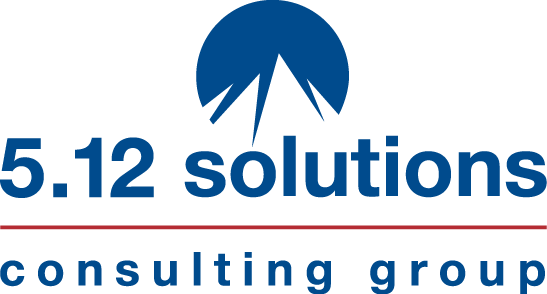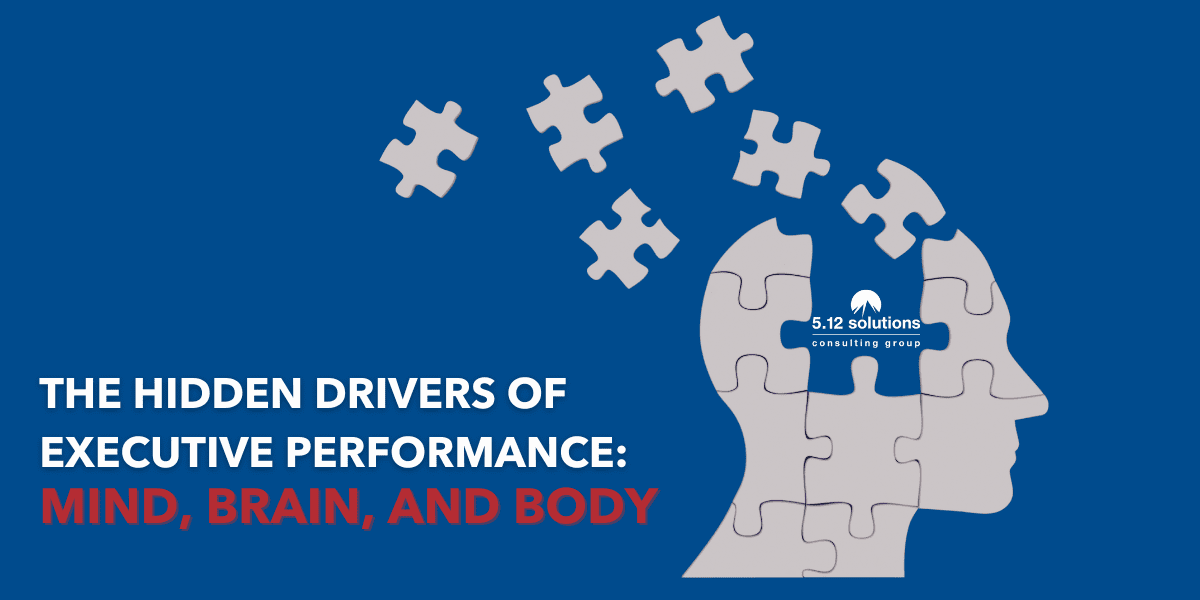The Hidden Drivers of Executive Performance: Mind, Brain, & Body
We ask a lot of leaders today.
You’re expected to make tough calls with limited information, inspire commitment across hybrid teams, and manage the mental and emotional load of constant disruption. All while staying composed, decisive, and productive.
But what if we’re approaching leadership the wrong way?
In our latest Future of Leadership podcast episode, I sat down with Dr. Gav Schneider — martial artist, academic, and risk expert — to explore a more powerful framework for sustained performance. One that treats leaders more like high-performing athletes than task managers.
The conversation was energizing and thought-provoking, and it made one thing abundantly clear: Leadership is a full-body experience.
Why You Should Train Like a Corporate Athlete
Elite athletes don’t wing it. They train rigorously, build discipline, simulate high-pressure moments, and prioritize recovery. They know that performance doesn’t just happen — it’s built.
So why do leaders approach their work differently?
Dr. Gav introduced the concept of Presilience® — a proactive model of performance that goes beyond just bouncing back from adversity. It’s about preparing to face complexity head-on, with clarity and energy.
“If you’ve trained hard enough to push yourself past what you ever thought you could achieve, whatever you face in life should be much easier to overcome.”
– Dr. Gav Schneider
Presilience isn’t just about surviving stress. It’s about inoculating yourself against it — building the mental, emotional, and physical readiness to lead through the storm rather than reacting to it.
Leaders often tell me they want to show up with confidence. But confidence isn’t the starting point — it’s the result of capability and preparation. That’s what training like a corporate athlete offers.
The 3 Enablers of Sustainable High Performance
To unlock consistent, long-term performance, Dr. Gav outlined three critical areas that work together: the mind, the brain, and the body. Each contributes to how we show up under pressure – and each can be intentionally trained.
1. Leverage the Mind
This is about understanding how you think and how to manage that inner dialogue, especially when stress is high. Most leaders will, at some point, experience imposter syndrome. But the key is recognizing it as a signal that you’re stretching, not a sign of weakness.
When leaders develop self-awareness, they’re more likely to regulate emotions, make thoughtful decisions, and lead with authenticity. Without that grounding, even the best strategy can fall flat.
Ask yourself: Can I recognize when I’m spiraling? Can I recalibrate in the moment?
That’s what it means to truly leverage the mind.
2. Leverage the Brain
Your brain processes emotion and logic using the same neural pathways. This is why it’s so hard to make a calm, rational decision when you’re triggered — your brain is literally in survival mode.
Understanding basic neuroscience can be a game-changer. It helps you know when to shift between tactical and strategic thinking, how to mitigate cognitive biases, and how to lead conversations that balance facts with empathy.
As Dr. Gav shared, “We want to think in binaries — good or bad, right or wrong — but leadership often happens in the gray. That’s why leaders must move beyond instinct and into insight.”
3. Leverage the Body
Let’s not ignore the foundation of it all: your physical well-being.
When you neglect your health, your brain fogs, your mood drops, and your energy plummets. Stress hormones flood the system — and without physical movement to burn them off, you stay stuck in a state of tension.
Even modest exercise, consistent sleep, and strategic rest can enhance clarity, sharpen decision-making, and build emotional stamina. Think of it this way: your body is the vehicle that carries your leadership forward. If it’s undernourished, neglected, or overstressed, your performance will reflect that.
Where Most Leaders Get Stuck
Under pressure, many leaders default to managing tasks. They become compliance-driven. They measure productivity in checkboxes. But that mindset only works in predictable environments — and we don’t live in that world anymore.
The reality is:
- Compliance won’t create commitment
- Resilience alone isn’t sustainable
- And grit without preparation leads to burnout
Presilience is the missing link. It’s the ability to prepare, adapt, and seize opportunity in real time. It’s not just about weathering the storm — it’s about using the storm to grow.
A Simple Shift to Boost Leadership Performance This Week
If you’ve got a high-stakes meeting or presentation coming up, try this approach:
- Visualize the experience. Walk through it in your mind — what you’ll say, how you’ll feel, what success looks like.
- Rehearse out loud. Don’t just think it — speak it. Practice builds clarity.
- Move your body. Even 15 minutes of exercise can regulate stress and sharpen your focus.
- Breathe intentionally. Before the meeting, take three deep, slow breaths. Activate your parasympathetic nervous system.
These micro-practices build physiological readiness. Over time, they increase confidence, composure, and credibility.
Final Thoughts
There’s no separating your leadership from your physiology. As Dr. Gav shared so powerfully, your ability to lead with excellence depends on your ability to bring your full self — mind, body, and brain — to the moment.
Leadership today demands more than insight. It demands integration.
If you’re ready to move beyond checklists and compliance… if you want to thrive in complexity rather than just survive it… this episode is for you.
🎧 To listen to the full episode, click here:
https://512solutions.com/new-podcast-episode-leverage-physiology-for-work-performance/

